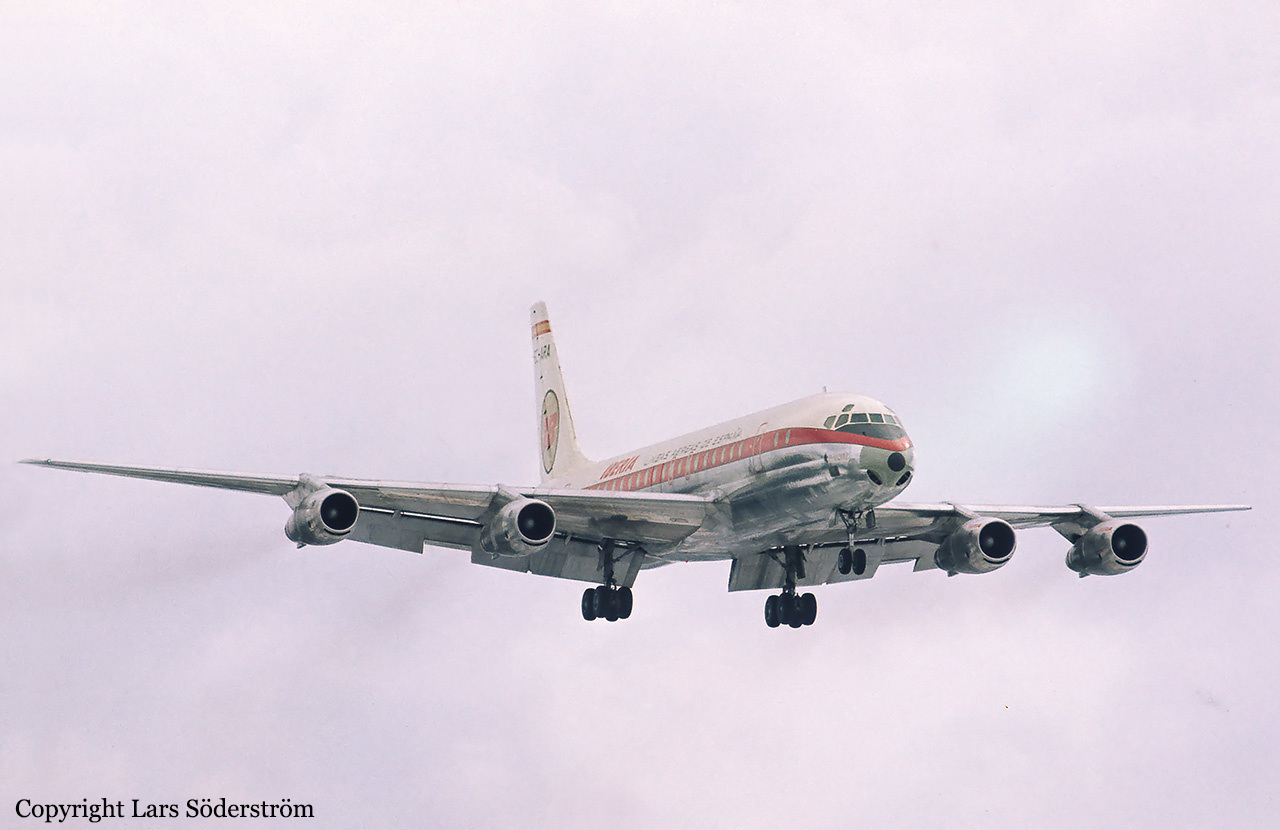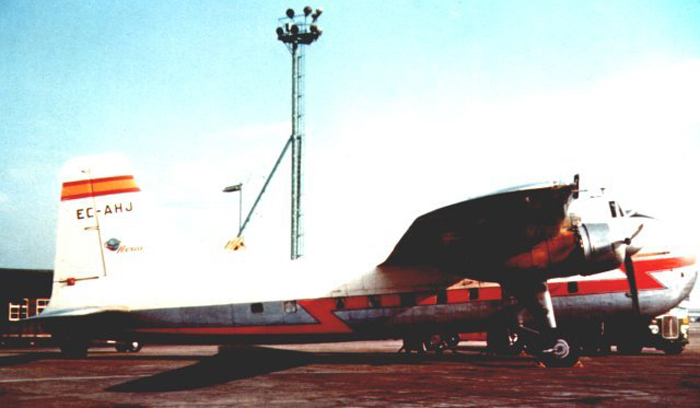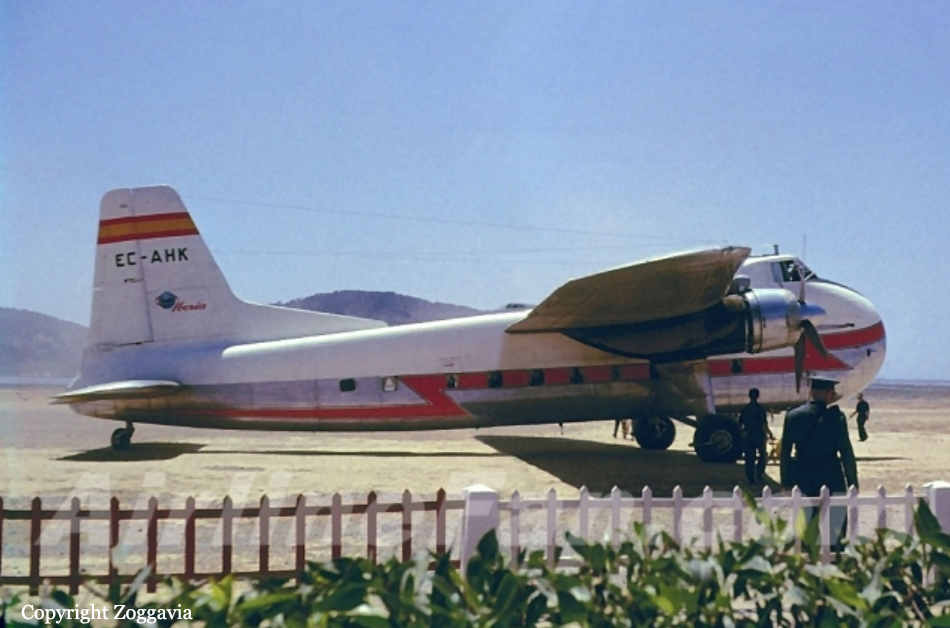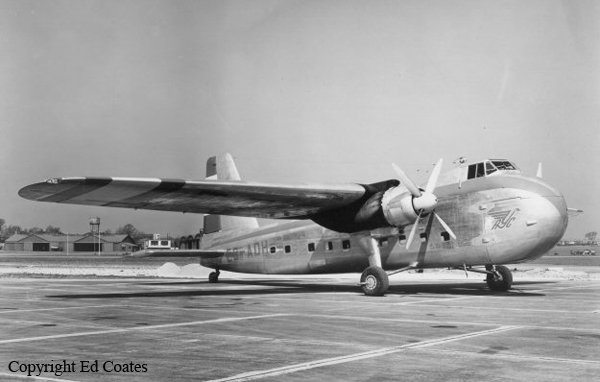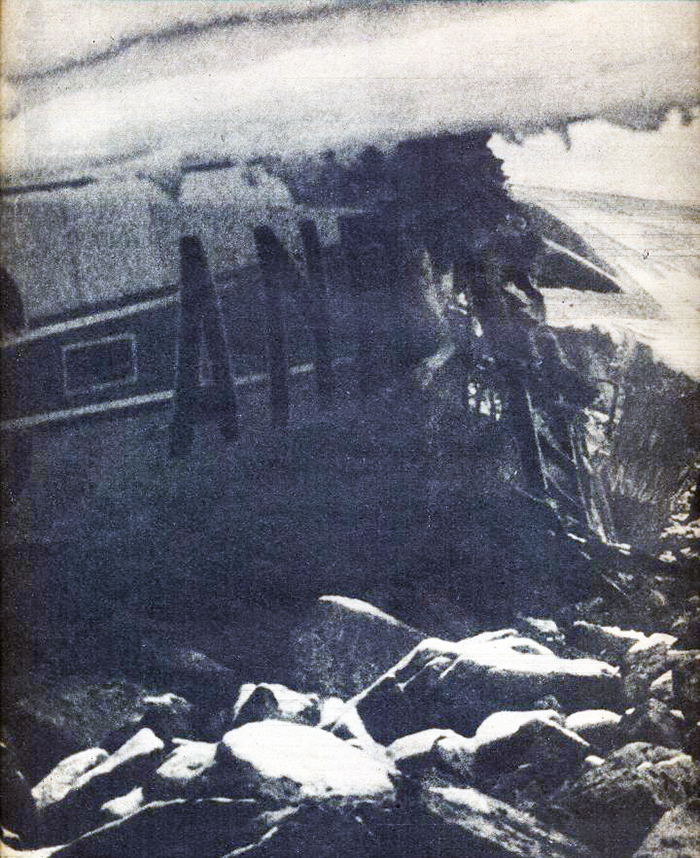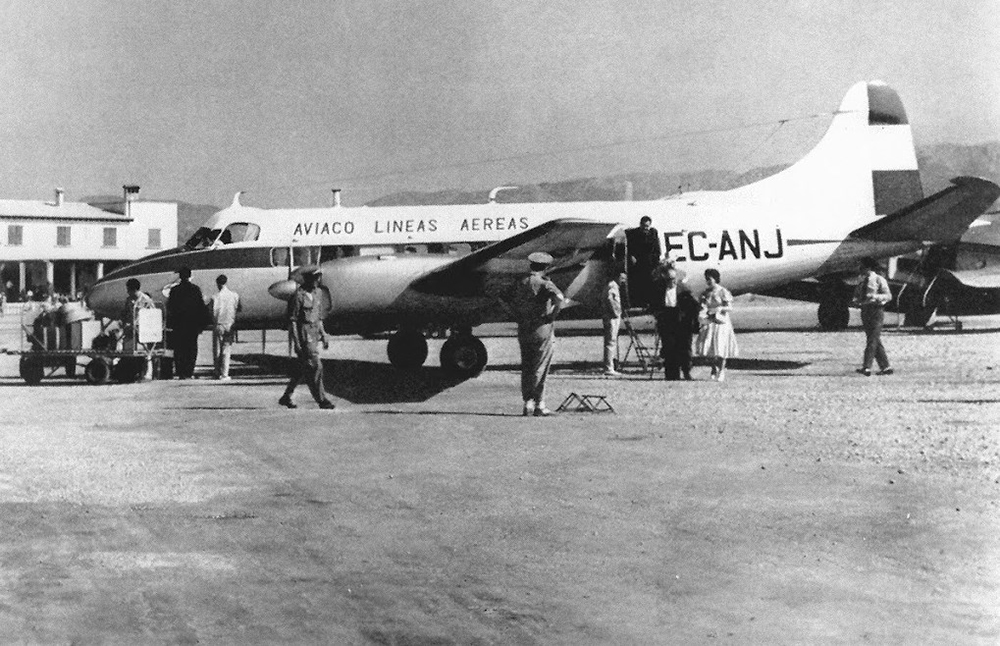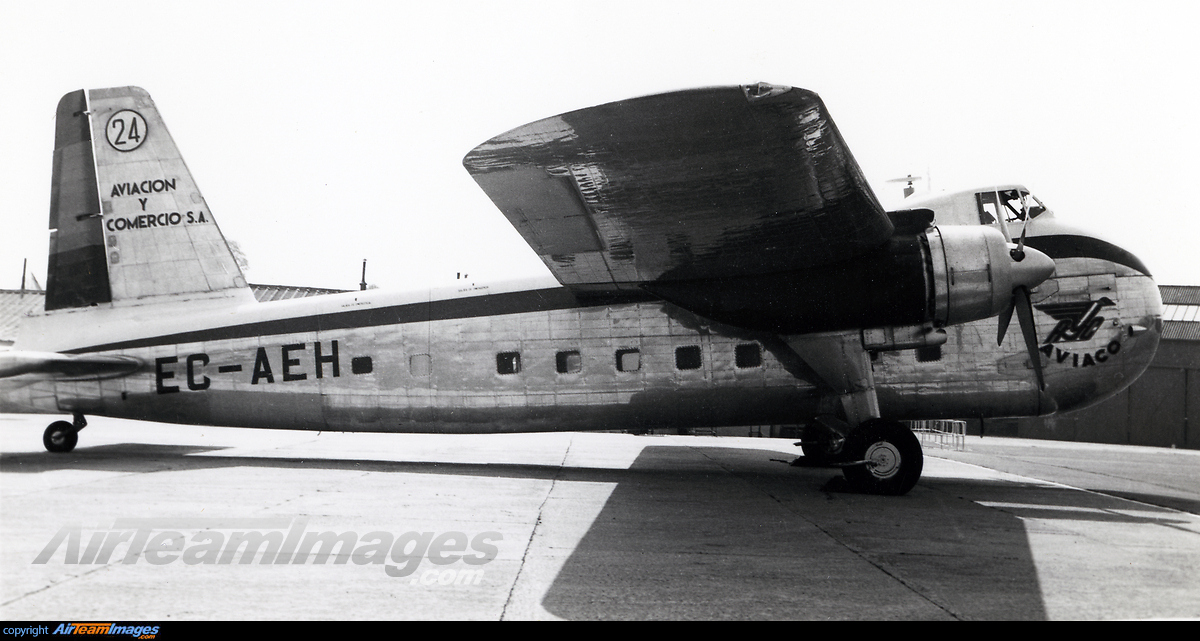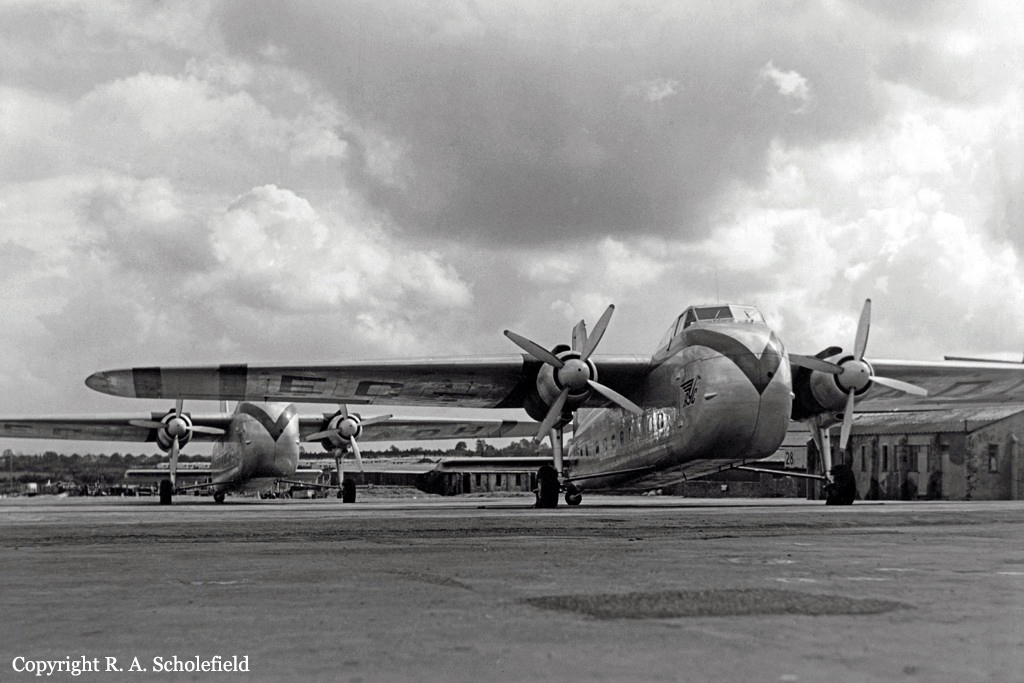Crash of a Douglas DC-8-52 off Las Palmas: 10 killed
Date & Time:
Jul 6, 1972 at 0200 LT
Registration:
EC-ARA
Survivors:
No
Schedule:
Madrid - Las Palmas
MSN:
45617
YOM:
1961
Flight number:
AO331
Crew on board:
10
Crew fatalities:
Pax on board:
0
Pax fatalities:
Other fatalities:
Total fatalities:
10
Circumstances:
The crew was completing a positioning flight from Madrid-Barajas Airport to Las Palmas to pick up German tourists back to Hamburg. While on a night approach to Las Palmas-Gando Airport, the airplane crashed in unknown circumstances into the sea some 22 km east of Arinaga. Few debris were found floating on water and none of the 10 occupants survived the crash. The wreckage sank by a depth of 1,560 meters.
Probable cause:
The exact cause of the accident remains determined.
